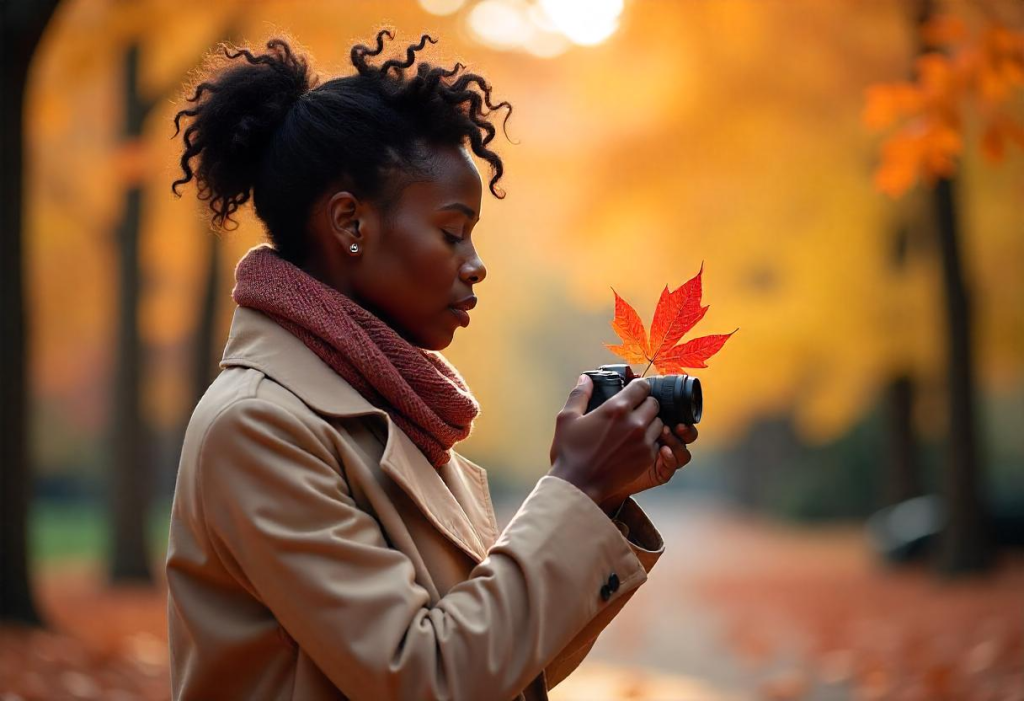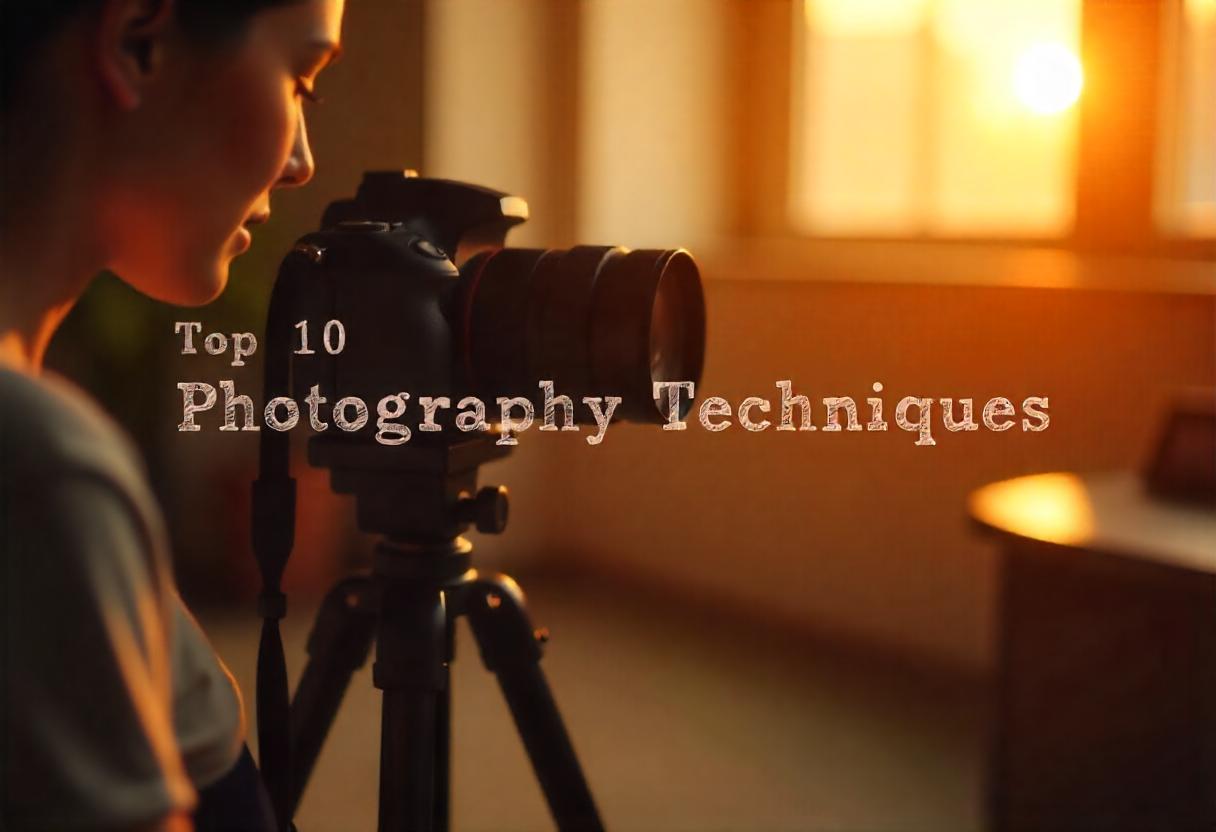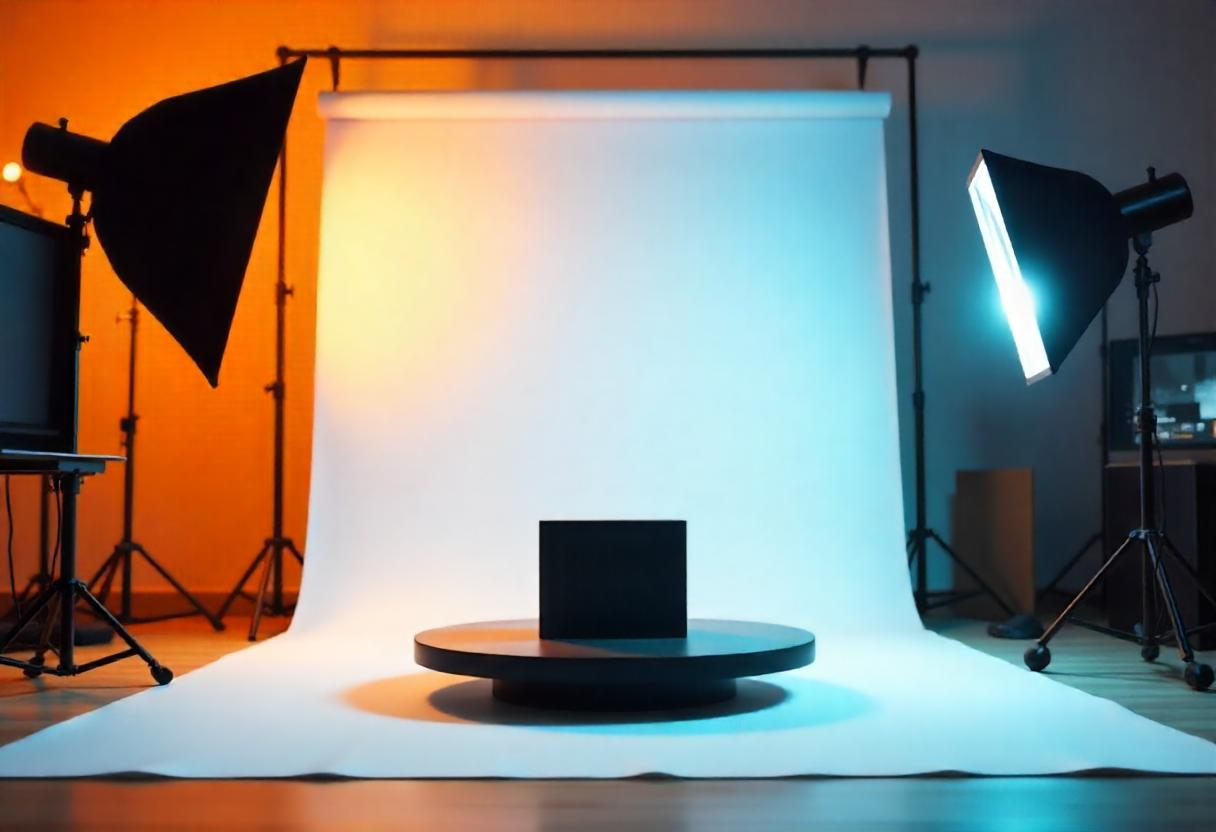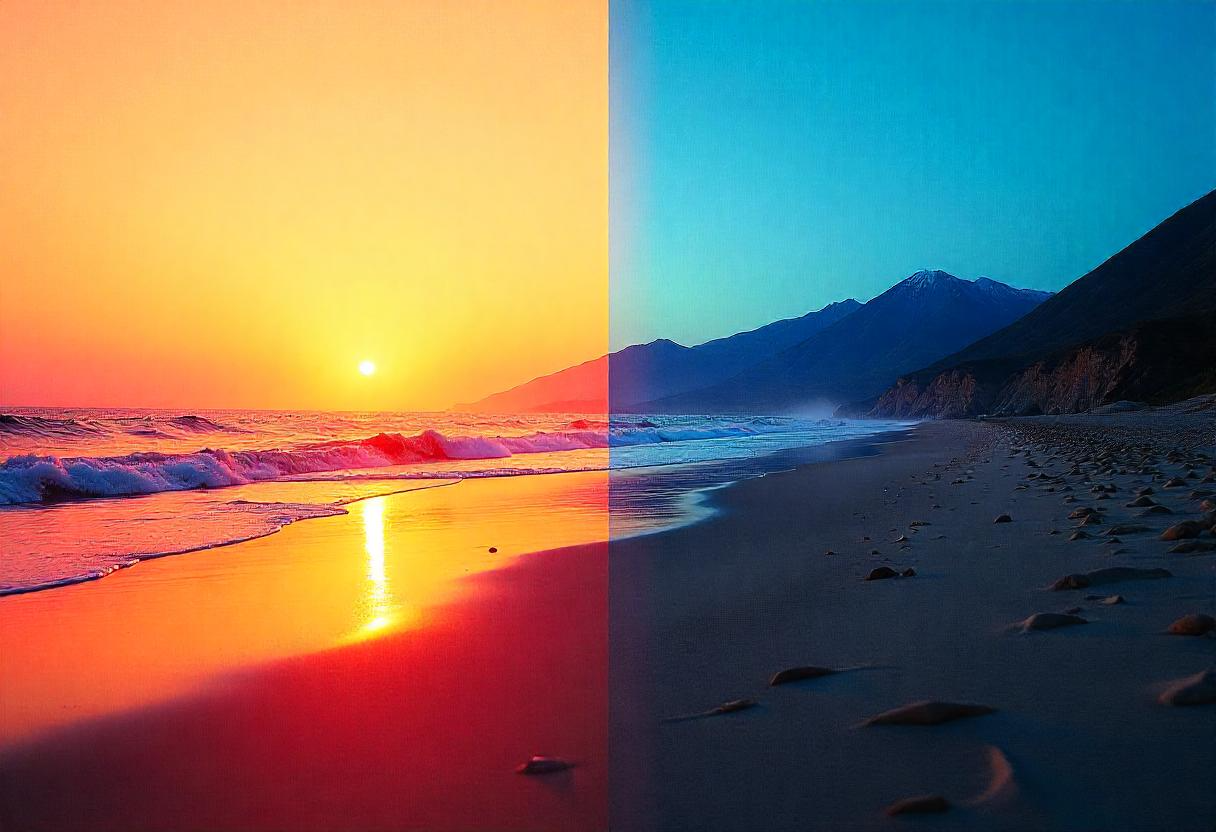A Complete Guide to Capture Aesthetically Pleasing Photos
Photography is an art. It enables us to capture magical moments from behind the lens. What makes a photograph special that immediately draws everyone’s attention? It is the lighting, composition, framing and what not, but what’s more important are the aesthetics.
In this article, we are going to talk about the highly ambiguous and often vague term ‘Aesthetic Photography’ and how to get it right. We will also be looking at the techniques that go into creating the perfect aesthetic snap and how you can put them into practice.
But, first things first
What is Aesthetic Photography?
It is a practice to capture visual beauty within an image. The term ‘beauty’ can be subjective and ‘aesthetics’ are the elements that immediately captures the viewer’s attention. Aesthetics focus on the color, lighting, composition, texture of the subject to create a visually appealing picture.
Do you want free career counseling?
Ignite Your Ambitions- Seize the Opportunity for a Free Career Counseling Session.
- 30+ Years in Education
- 250+ Faculties
- 30K+ Alumni Network
- 10th in World Ranking
- 1000+ Celebrity
- 120+ Countries Students Enrolled
Principles of aesthetic photography
- Lighting
- Composition
- Subject Matter
- Color Schemes
Aesthetics vs Style
| Aesthetics | Style |
| Aesthetics drive from the emotional impact a photo carries on an individual. | Style is more about a unique signature of the photographer in their work. |
| Aesthetics focuses more on the elements including composition, frame, lighting, color and overall representation | Style is more about a personal fingerprint which includes choice of subjects, photography techniques and post-processing methods. |
How to Capture Aesthetically Pleasing Photographs?
Let’s dive into the methods that can help you capture the best aesthetic photo, while keeping it informative.
Composition
Always follow the rule of thirds. This composition technique allows you to divide your frame into 9 equal rectangles for a better balanced photo making them look more natural. Let’s understand this by a sample image.
Book Now →
Read Also: Top 10 Photography Instagram Accounts to Follow
Before Rule of Thirds
After Applying Rule of Thirds
Do you want free career counseling?
Ignite Your Ambitions- Seize the Opportunity for a Free Career Counseling Session.Photo Credit – Goran Bogicevic
The first photograph gives more attention to the subject. After applying the rule of thirds in the second photograph, there is a breathing space in the photograph allowing a better view of the setting.
Rule of Third works best for landscape photos as well to balance out the scenery.
Read Also: Aerial Photography 101: Techniques, Tools, and Applications
Add Symmetry
Symmetrical features in a photograph makes your image naturally pleasing as it balances out a scene resulting in a visually appealing picture. Architectural elements are the best choice to add symmetry in your photograph.
Symmetrical shots can look static therefore, it is recommended to include an element that disturbs the symmetry to make things look interesting.
Here are some examples to help you understand symmetrical elements in a photograph.
Photo Credit – Lance Asper
Leading Lines
Leading lines enhance the details of the photo. Draw attention to your subject by looking for lines that move towards them and frame accordingly. Leading lines do not always have to be straight. Curvy lines can be the best option too.
Here is an example of Leading Lines Photographs
Read Also: Mastering Motion Blur Photography: A Creative Guide for Beginners
Photo Credit – Bryan Minear
Photo Credit – Adrian
Experiment with Shadows
Shadows add dimension to your photo and make it look more natural and realistic. Shadows on various surfaces can help you get an interesting shot. If you choose a moody scene and want your textures to highlight in a photo, make sure the lighting falls at angle and casts shadows on your subject.
Photo Credit – Michal Grosicki
Read Also: What is Portrait Photography: Key Tips & Techniques?
Focus on Details
Extreme close up shots means fine details which cannot be seen with a naked eye. Facial features, detailed textures and fine details will definitely make your image POP. To be careful, remove any distractions that can take away attention from your focal point.
Add Negative Space
Minimalism is booming and how! Create a sense of minimalism by focusing on a lot of negative space around your subject. The less busy a scene is, the more you can get a clean, minimalist look. To add negative space, work with solid backgrounds and uniform textures to make your subject stand out.
Photo Credit – Rodion Kutsaev
Read Also: Top 10 Famous Photographers in India You Should Know
Capture Raw Emotions
Raw emotions are the best when captured naturally. Patience is the key to getting a good shot. You have to be real quick on your feet to shoot awesome candid situations. Just keep in mind the light sources, backgrounds and the angle where the subject is facing before hitting that shutter.
To wrap up, experimenting is the key to developing your aesthetic photographic style. If you are passionate about mastering the art of photography, enrol at AAFT School of Still Photography and unleash your creative potential.
Why Choose AAFT?
With over 33 years of education and ranked 10th globally, AAFT offers various UG, PG, Diploma and Certificate programs. At AAFT School of Still Photography, you will learn the fundamentals of photography, elements, styles and techniques under the guidance of industry leaders sharing their insights to help you master your skill.
So, what are you waiting for? Grab your camera and start capturing the world through your unique lens. The world is waiting to see your story.

AAFT has been providing the world with limitless creativity and expression since 1993! Through a dynamic and industry-driven curriculum, AAFT provides engaging and captivating articles to persuasive blogs and empowers its readers to explore diverse avenues of creative media education-related content.











